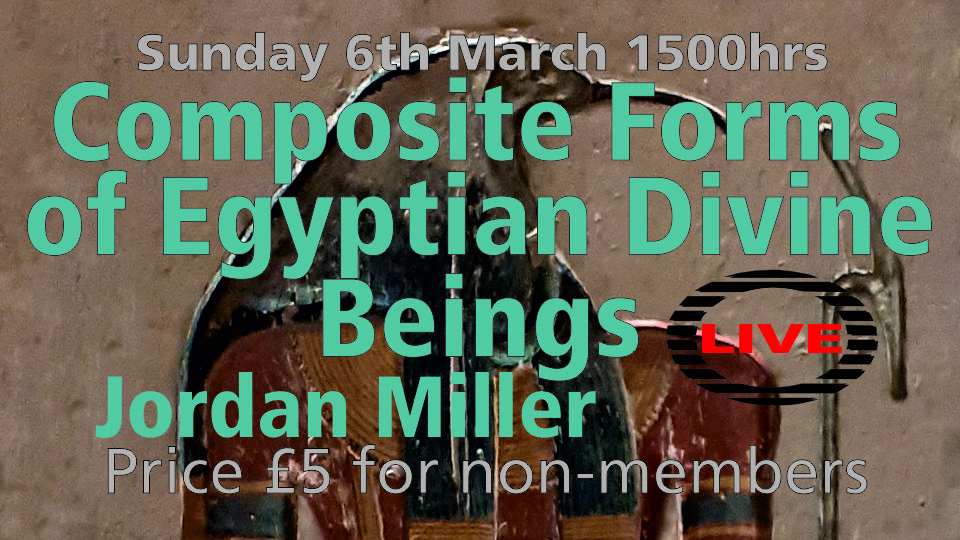Click here to download a review of this meeting.
Egyptian tombs and mortuary manuscripts often depict arrays of fabulous underworld beings, whose forms frequently conjoin elements of human and animal bodies, or parts of inanimate objects. Together with such figures as the lion-headed Sekhmet, jackal-headed Anubis, and hawk-headed Horus, they constitute some of the most famous icons of ancient Egypt. Composite figures such as these are usually subject to iconographic analysis, with Egyptologists seeking to distil their symbolic or metaphoric meanings. But such approaches cannot explain why some forms are widespread while others are restricted in context, or why forms with similar symbolism are not always interchangeable. Adopting an ontological perspective may enhance our understanding of these phenomena. This involves questioning what images are, what they do, and how beings and their images relate to one another. Originating in philosophy and anthropology, ontology has become an increasingly popular topic in the study of ancient cultures. This talk summarizes the speaker’s recent doctoral thesis on the iconography and ontology of composite figures. The ontological framework is supported by the concept of visual language, which takes account of factors such as the format of a visual composition, and relationships between images and hieroglyphic writing. Such factors constrain how a given being may be visually presented in a certain context; composite figures may emerge from the process of negotiating iconographic and ontological aspects. The talk will begin with an introduction to theory and method, before exploring a selection of case studies from underworld contexts.

 Jordan Miller is a DPhil student at the Queen’s College, Oxford supervised by Prof. John Baines and Dr Elizabeth Frood in the Faculty of Oriental Studies, Oxford University. He has recently submitted his thesis, titled “Ontology and iconography in Egyptian religious compositions: composite figures in the Amduat, Book of Two Ways, and apotropaic wands c. 2000–1400 BCE”. Prior to this he obtained an MSt in Oriental Studies and a BA in Oriental Studies (Egyptology with Akkadian), both from Oxford University. More information can be found on his faculty profile.
Jordan Miller is a DPhil student at the Queen’s College, Oxford supervised by Prof. John Baines and Dr Elizabeth Frood in the Faculty of Oriental Studies, Oxford University. He has recently submitted his thesis, titled “Ontology and iconography in Egyptian religious compositions: composite figures in the Amduat, Book of Two Ways, and apotropaic wands c. 2000–1400 BCE”. Prior to this he obtained an MSt in Oriental Studies and a BA in Oriental Studies (Egyptology with Akkadian), both from Oxford University. More information can be found on his faculty profile.
This talk was given at the March 2022 meeting of the Essex Egyptology Group, which was held at 3pm GMT on the 6th March 2022 in person at Spring Lodge, Witham – click here to download a review of this meeting.